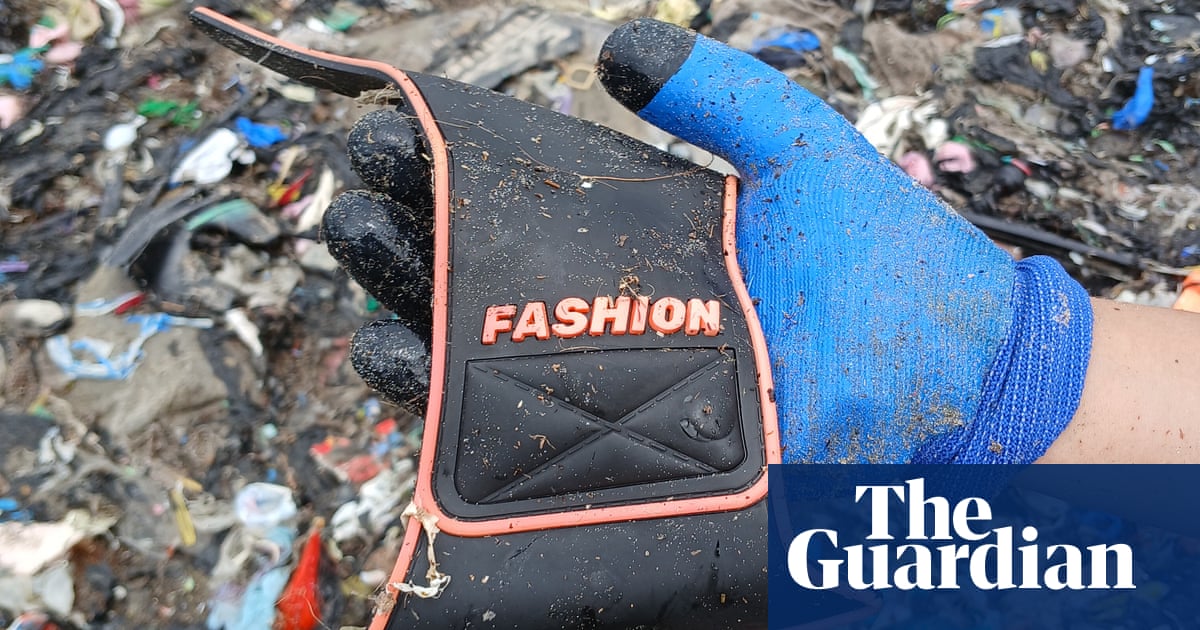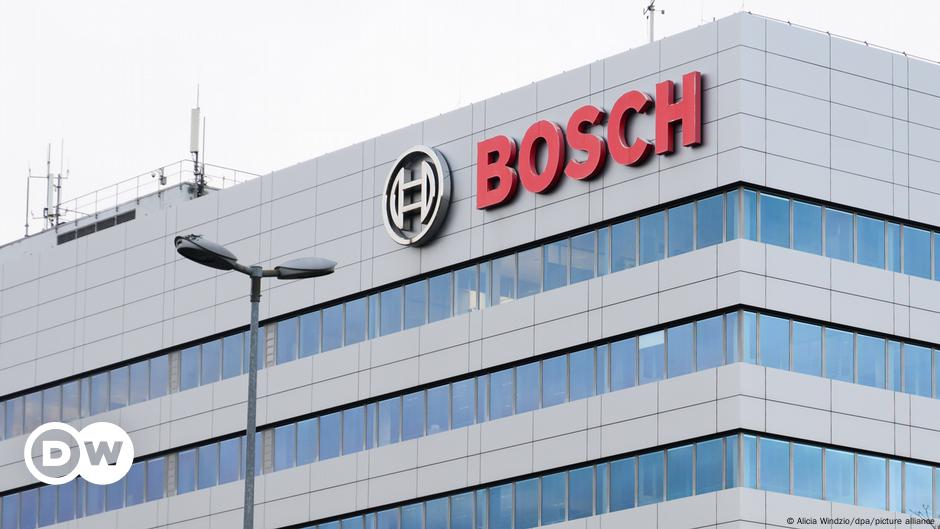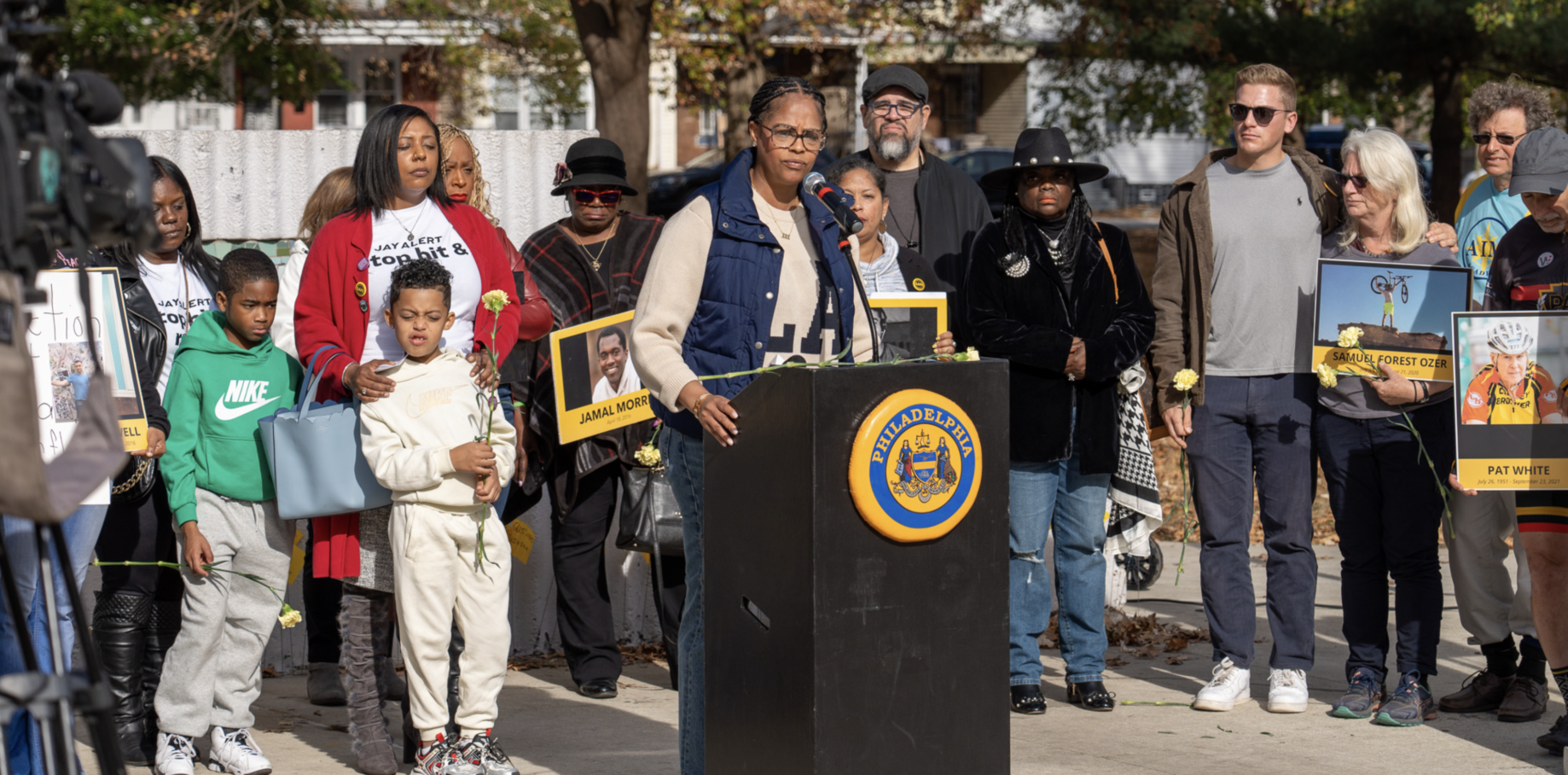Fashion
Where does the UK’s fast fashion end up? I found out on a beach clean in Ghana

This is how the conversation always goes whenever my 12-year-old daughter, Evie, asks me to buy fast fashion for her. “Please, please, please can I have this,” she’ll say (it’s usually from Shein). Sorry but no, I’ll reply – I’m sure we can find an alternative on Vinted. “One person buying something new won’t make any difference,” she argues. “And besides, it’s so cheap!” There is sulking (her), tutting (me), and dissatisfaction all round.
As a fashion writer focused on sustainability (or lack thereof), my daughter’s pestering grates, yet I sympathise – what tween doesn’t want to fit in? Meanwhile, my role-modelling of wearing the same old clothes to death probably has the opposite effect on her. And it’s complicated: as a freelance journalist, newspaper editors often reply to my pitches with: “Sorry – readers aren’t interested in sustainability.” To pay the bills, I’ve definitely played a part in propagating trends and fuelling the “cerulean” machine, to borrow from The Devil Wears Prada.
So I explain to Evie why buying new fast fashion is a problem. That, for starters, it’s exactly because these clothes are so cheap that people buy them without restraint, and then we’re left with too many poorly made, often plastic, clothes in the world – enough to dress the next six generations, according to the British Fashion Council, as I love to tell her.
I understand that my reasoning sounds too abstract. But this summer, while visiting friends in Ghana, we found a place – Jamestown beach in downtown Accra – that finally brought my point to life and gave us all pause for thought.
Ghana is one of the world’s largest importers of secondhand clothing from the global north, with 15m garments arriving every week, according to the Or Foundation. This Accra-based nonprofit was founded by the American fashion stylist turned activist Liz Ricketts and her partner, Branson Skinner, in order to tackle fashion’s waste problem, of which a disproportionate amount ends up on Ghana’s shores – quite literally.
First though, the garments head to Kantamanto market, a sprawling, 18-acre covered site, located a mile from Jamestown beach. As one of the world’s largest secondhand markets, it sells what the locals call “obroni wawu”, or dead white man’s clothes, the implication being that someone must have died to offload so much stuff. Forty per cent of what comes in is deemed unsaleable and leaves the market as trash. But Accra doesn’t have the waste infrastructure to cope with it, so it’s mostly dumped in gutters and at unauthorised tips, much of it ending up at a textile mountain next to an informal settlement two miles away, next to Korle Lagoon, from where it flows into the Atlantic and on to Accra’s shores.
Greenpeace Africa is on to it too, this month launching a petition calling on the Ghanaian government to regulate textile imports and demand that fashion companies take more responsibility. “Every week up to 500,000 items of clothing waste from Kantamanto market end up in open spaces and informal dumpsites,” the petition states. It was accompanied by a new Greenpeace report, Fast Fashion, Slow Poison: The Textile Crisis in Ghana.
Two years ago, I wrote for the Guardian about how Shein had donated $15m to the Or as part of its “extended producer responsibility” (EPR), a strategy holding companies accountable for the end-of-life impact of their products. While in Accra, I wanted to meet Ricketts, 37, who has dedicated the past 13 years to Ghana’s clothing waste problem, and whom the Business of Fashion describes as “one of the industry’s foremost campaigners on textile waste and climate justice”. She agreed to show me around the market.
As we picked our way through the labyrinth of clothing stalls, Ricketts, dressed in a locally upcycled shirt, explained that the Shein fund has enabled the Or Foundation to increase its staff from six to more than 50. It now has teams addressing everything from improving the market’s safety standards, to upskilling local workers, to political advocacy, to recycling and repurposing (to date, it’s diverted more than 40 tonnes of textiles from landfill). Not to mention pressurising other fashion brands to commit to their EPR and organising weekly beach cleanups. I asked if we could volunteer too.
This took us to Jamestown one hot, muggy day this July. The Or team had warned us to wear clothes and shoes that we didn’t mind getting dirty, but none of us were prepared for fashion graveyard that awaited us. You could barely see the sand for the metre-high mounds of degraded clothes and shredded plastic bags, while the waves continually washed up more. I’d naively packed our swimming costumes, but swimming was not an option.
Evie was shocked and upset – trips to the seaside aren’t supposed to look like this. I took her arm in mine and gently led her towards the Or’s 60-strong team wearing hi-vis vests and gloves. The taskforce, a mixture of volunteers and paid helpers mostly from local communities affected by the waste, was divided by gender. Evie’s nine-year-old brother, Zac, got stuck in with the men doing the heavy lifting, filling sack after reusable sack with clothing waste and plastic rubbish, which were then carried up the cliff to an awaiting lorry. Evie and I were asked to help the data collectors, an all-female team equipped with clipboards and scissors, to remove whatever legible clothing tags we could find. These labels would then be added to the Or’s database, providing the evidence with which to ask fashion brands to pay their dues.
Evie and I started collecting garments, and she quickly saw she could be helpful. “This one’s Tu – it’s from a British supermarket,” she told the data leader. We also found clothes by Next, Primark, Pretty Little Thing, Marks & Spencer, Adidas and Nike, even a Paul Smith raincoat in perfect condition. But mostly the clothes were distended, discoloured and torn, their hems and seams bloated with sand; often even the labels had eroded. As we tried to disinter the garments, some would rip in our hands, weighed down with sand and knotted to a network of deeply buried clothing – what the Or calls textile tentacles, often metres long. We also found many single trainers, flip-flops and cow horns and hooves. We even found Nemo (well, a polyester version).
Marine life is badly affected. According to Solomon Noi, Accra’s head of waste management, the volume of textile waste makes it “very difficult for the native turtles to deposit their eggs – if we can’t find a solution, this species will go extinct”. Meanwhile, the local fishers struggle to make a living, he tells me. Using motorised canoes, they can only travel about three nautical miles into the sea. “Unfortunately, that is where the textile waste is,” he says. “The fishermen harvest a lot of plastics and polyesters.” Greenpeace’s infrared testing for its new report “revealed that 89% of clothing waste in Ghana’s dumpsites contains synthetic fibres”.
The clothing waste on the shores and in shallow waters is just “the tip of the iceberg”, Noi adds. “The heavy stuff – jackets, jeans, bags, shoes, belts – sinks to the bottom of the ocean, impacting aquatic life and damaging the ocean floor.” He predicts this will become “a whole-world problem” in the case of a tsunami or typhoon, when “the waste will flow to the Mediterranean”.
It’s hard not to feel guilty coming to Ghana as a British citizen. Every local guide will tell you how, historically, we waged war to ensure UK rule, seized its land, exploited its resources, looted its treasures, and forced its people into slavery (we were reminded of as much just before the beach clean at a visit to Jamestown’s Unesco-funded slave museum, Ussher Fort). And now, according to the Or, the UK, as the largest exporter of used clothes to Ghana, is the biggest culprit of “waste colonialism” in Ghana, where wealthier countries export waste to poorer countries, which are ill-equipped to handle the burden. “There’s a colonial legacy for all the trade routes,” Ricketts explains. “Secondhand clothing started coming here from the UK under colonialism, because people were required to wear western-style clothes to enter certain buildings, get certain jobs, or even to go to school.”
And now our fast fashion discards have crowded out the local market. “When Kantamanto started in the 1950s,” says Ricketts, “it was a blend of secondhand and locally made products. Now it’s been taken over by foreign products. It’s the legacy of 25 years of unregulated fast fashion, and that’s all that is being donated to charity shops in the global north.” Although some clothing arrives too torn and stained to be sold, that’s only a small percentage. The real problem, says Ricketts, is that there’s just too much stuff coming in of a general low quality: “It’s really unfortunate that you have all this space and skillset in the city centre that’s being applied exclusively to solving a foreign problem.”
Over the course of four intense, sweaty hours, 20 tonnes of trash were collected from the beach and driven to a “sanctioned dumpsite” about 50km inland. “There is no engineered landfill available,” says Ricketts. “But it’s better than having it burnt out in the open.” As we left the beach, you could now see the impact we’d had – a patch of bare, dirty sand about the size of a volleyball court. Ricketts tells me that, during the rainy season, this would most likely be covered again with market waste within a week because the rain pushes it out of the lagoon. It’s why the Or runs a market-wide waste collection and haulage programme, collecting hundreds of tonnes of textile waste, thus preventing it from entering the environment.
Meanwhile, our tag count came to 561, with the most frequent brands being Adidas, Nike, M&S, Next and Primark. To date, the Or states it has found more Marks & Spencer items than any other brand. “We’d really like to see Marks & Spencer take responsibility,” says Ricketts. The Or has approached the company and other big fashion brands to help countries like Ghana manage the waste caused by global north imports, as part of their EPR. “Most brands don’t yet see it as their responsibility,” she says. “So it’s about helping them recognise how this applies to their circularity goals.” (Circular fashion entails reusing or recycling resources in order to lessen the environmental impact.)
A spokesperson for Marks & Spencer told me: “As the UK’s largest clothing retailer, we take our responsibility to provide end-of-life options for our clothes seriously and offer our customers options to repair, resell or recycle their garments, including in-store take-back schemes for clothing and beauty products.” They added that it ensures any unsold stock is redistributed to its charity partners, including Oxfam.
Various UK brands proclaim that they don’t send used clothing to Africa, but in any case the Or doesn’t believe that banning secondhand imports is the solution. Kantamanto market supports about 30,000 workers, many of whom are already part of the circular fashion solution, repurposing or revamping our castoffs so that they’ll sell. Nor does it blame UK charity shops. “They’re not the problem,” says Ricketts. “They’re just getting the clothing that people donate.” However, there is more the charity shops could do to be “part of the solution” , she says, adding they could help to calculate the true cost of cleaning, repairing, reselling and upcycling garments in the UK and Ghana, in order to push for EPR fees “that are high enough to do the job”.
The root issue here, says Noi, is “overproduction of fast fashion in the global north – brands must ensure their production capacity is reduced”. That’s why the Or is revisiting its Speak Volumes campaign, asking the top 20 brands found in Ghana’s waste stream – among them Marks & Spencer, Nike, Adidas, Primark, George, F&F, H&M, Boohoo and Tu – to publish how many garments they produce each year. The deadline for brands is Black Friday in November. The Or’s campaign first launched last year, but to date, no big brand has complied (though plenty of smaller, more conscious brands have).
“I think they’re afraid because they know it’s the most honest data point,” says Ricketts. “I mean, it’s not complicated – we’re not asking them to calculate their carbon footprint. It’s a piece of information that everyone has.” Zara already publishes its volume by weight, but, says Ricketts, this “abstract” measure “doesn’t help us get a real picture”.
Responding to these claims, Sophie De Salis, sustainability policy adviser at the British Retail Consortium (BRC), said: “Retailers take their responsibility to tackle textile waste very seriously and are investing millions to divert used clothing away from landfill, through take-back schemes, resale marketplaces and donating excess stock to charity.”
Of course, the problem here is capitalism’s growth imperative. Last year Greenpeace reported that the total number of garments produced is expected to rise to 200bn by 2030, from an estimated 100bn in 2014. “Everyone has plans to grow,” says Ricketts. Personally, I no longer view mainstream fashion as an art form, just a cynical vehicle for profit.
So how can we all do our part? Well, for starters, refuse that single-use T-shirt. “The hen night shirt, the 5k run shirt, the conference shirt,” says Ricketts, “[is] the No 1 culprit in our research, with no meaning to a secondhand wearer.” We also need to change our relationship with consumption, she says, “embracing secondhand and upcycled garments instead of always buying new”.
The good news is that the beach clean did make Evie “think a lot”. “Maybe I shouldn’t buy stuff from Shein,” she tells me back home. “And it did make me think about overconsumption generally.” I don’t doubt she’ll ask for new clothing again, but I’m hopeful she sees that being part of the solution is better than being part of the problem, now she knows what a terrible problem it is.










